
Getting Your First Drone
Drones have become increasingly popular in recent years, captivating hobbyists, photographers, and technology enthusiasts alike. These uncrewed aerial vehicles offer exciting opportunities for aerial exploration and photography. If you’re considering getting your first drone, there are several factors to consider and steps to take before making a purchase. In this article, we’ll guide you through choosing the suitable drone for your needs and provide essential tips for flying, capturing incredible footage, and staying safe.
Understanding Drones
What is a drone?
Drones, also known as uncrewed aerial vehicles (UAVs), are remotely piloted aircraft that can fly autonomously or be controlled by a human operator. They come in various sizes, from small toy-like models to professional-grade drones with advanced features and high-resolution cameras.
Different types of drones
There are several categories of drones, each designed for specific purposes:
- Toy drones: These small, inexpensive drones are ideal for beginners and children. Although they usually lack advanced features, they provide a fun introduction to flying.
- Camera drones are popular among aerial photographers and videographers because they can be equipped with built-in cameras or be used to mount external cameras.
- FPV racing drones: Designed for high-speed racing, these drones prioritize agility and speed over photography capabilities.
- Professional drones offer advanced features, including obstacle avoidance, extended flight times, and high-quality cameras. They are used for commercial purposes, including aerial mapping, inspections, and filmmaking.
Factors to Consider Before Buying a Drone
Before purchasing a drone, it’s crucial to consider the following factors:
Purpose and usage
Determine how you plan to use your drone. Are you interested in aerial photography, racing, or simply flying for fun? Understanding your purpose will help you narrow down the required features and specifications.
Budget
Set a budget for your drone purchase. Drones range in price from affordable entry-level models to high-end professional drones. Consider additional expenses such as spare batteries, accessories, and maintenance costs.
Skill level
Assess your skill level as a drone pilot. Starting with a user-friendly drone that offers stability and easy maneuverability is advisable for beginners. Experienced pilots may opt for more advanced models.
Camera capabilities
Consider the drone’s camera capabilities if you’re interested in aerial photography or videography. Look for features like high-resolution cameras, adjustable gimbals for stabilized footage, and the ability to shoot in RAW format.
Flight time and range
The flight time and range of a drone are essential factors to consider. Longer flight times allow for more extended aerial exploration, while a better range will enable you to fly your drone over greater distances.
Safety features
Ensure your drone has essential safety features such as GPS stabilization, return-to-home function, and obstacle avoidance sensors. These features help prevent accidents and protect your investment.
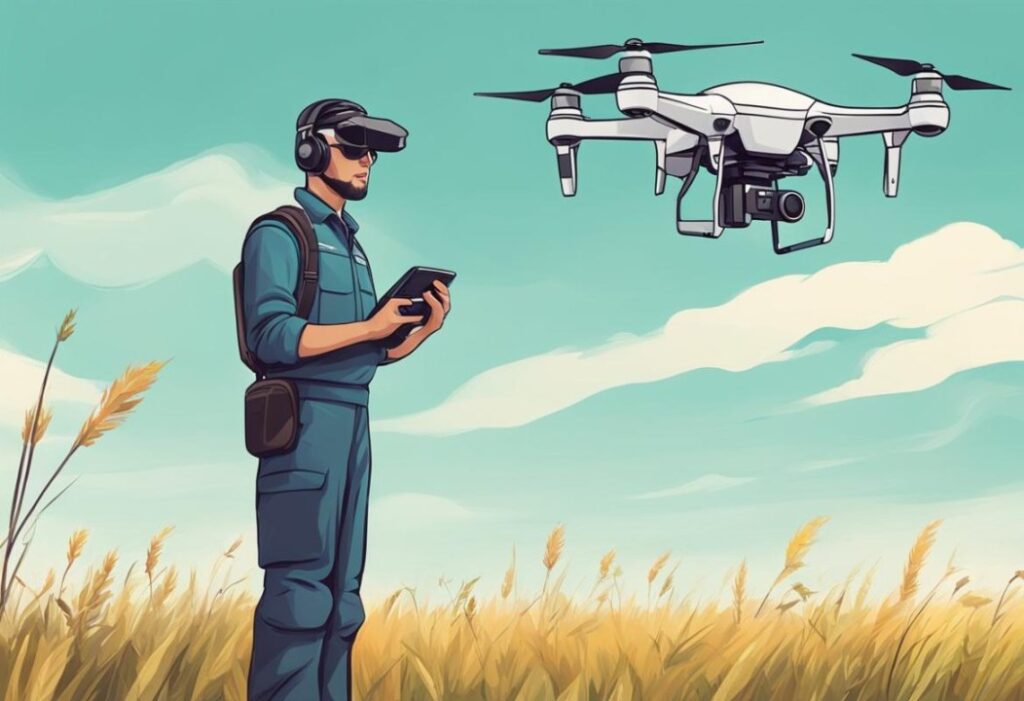
Researching and Comparing Drones
When studying and comparing drones, consider the following resources:
Online resources and reviews
Visit websites that specialize in drone reviews and comparisons. These resources offer in-depth analysis and user feedback, enabling you to make an informed decision.
Manufacturer websites
Visit the official websites of drone manufacturers. They provide detailed specifications and product descriptions, often including sample footage captured with their drones.
User forums and communities
Join online communities and forums dedicated to drones. These platforms allow you to ask questions, share experiences, and gain insights from fellow drone enthusiasts.
Spec comparisons
Compare the specifications of different drone models to determine which ones best suit your requirements. Pay attention to flight time, camera capabilities, and stability features.
Choosing the Right Drone for Beginners
Choosing a drone that offers ease of use and a gentle learning curve is crucial for beginners. Consider the following factors when selecting your first drone:
Entry-level models
Opt for entry-level drones designed for beginners. These drones often have simplified controls, stability features, and intuitive flight modes to help you get started quickly.
Ready-to-fly (RTF) vs. do-it-yourself (DIY) kits
RTF drones come fully assembled and ready to fly out of the box, making them ideal for beginners. DIY kits require assembly and may be more suitable for those interested in the technical aspects of drones.
Built-in flight assistance features
Look for drones with built-in flight assistance features, such as altitude hold, headless mode, and auto-takeoff and landing capabilities. These features make flying more accessible and more intuitive, especially for beginners.
Controller options
Consider the type of controller that comes with the drone. Some drones use dedicated controllers, while others can be flown using smartphones or tablets. Choose the option that feels most comfortable to you.
Drone Laws and Regulations
Before taking to the skies, it’s essential to familiarize yourself with the drone laws and regulations in your country or region. Here are some key considerations:
Understanding local regulations
Research the laws and regulations specific
Understanding local regulations
Research drone usage laws and regulations specific to your country or region. Familiarize yourself with guidelines related to airspace restrictions, flight altitudes, and any required permits or licenses.
Registering your drone
In some countries, you are required to register your drone before flying it. Check with the relevant authorities for the registration process and associated fees.
Restricted airspace and no-fly zones
Be aware of restricted airspace and designated no-fly zones in your area. These can include airports, military installations, and national parks. Avoid flying your drone in these areas to ensure safety and compliance with regulations.
Safety guidelines and best practices
Adhere to safety guidelines and best practices when operating your drone. This includes maintaining a visual line of sight with your drone, flying during daylight hours, and avoiding crowded areas or gatherings.
Learning to Fly Your Drone
Learning to fly a drone is an exciting experience. Follow these steps to ensure a smooth learning process:
Basic controls and maneuvers
Start by understanding the basic controls of your drone, including throttle, yaw, pitch, and roll. Practice basic maneuvers such as takeoff, landing, hovering, and simple forward and backward movements.
Practicing in open spaces
When starting, choose open spaces such as parks or fields for practice flights. Avoid flying in crowded areas or near obstacles to minimize the risk of accidents.
Mastering flight modes
Explore the various flight modes available on your drone, including GPS mode, altitude hold, and follow-me mode. Please familiarize yourself with their functions and practice using them in controlled environments.
Safety precautions and troubleshooting
Always prioritize safety when flying your drone. Be aware of weather conditions and avoid flying in strong or adverse winds. Additionally, familiarize yourself with troubleshooting techniques for common issues, such as signal loss or battery warnings.
Essential Accessories for Drone Owners
As a drone owner, several accessories can enhance your flying experience and protect your investment:
Spare batteries and chargers
Invest in additional batteries and a charger to extend your flight time. This ensures you can make the most of your drone without interruptions.
Carrying cases and backpacks
Purchase a carrying case or backpack specifically designed for drones. These protect your drone during transportation and make it convenient to carry all your accessories.
Propeller guards and landing gear
Propeller guards and landing gear provide added protection to your drone during takeoff and landing. They help prevent damage to the propellers and other sensitive components.
Memory cards and storage
Invest in high-quality memory cards with ample storage capacity to store your aerial photographs and videos. Consider backing up your files to external storage devices or cloud services for added security.
ND filters and lens accessories
Consider using neutral density (ND) filters to control exposure and reduce glare in aerial photography and videography. Lens hoods and lens cleaning kits can enhance image quality and protect your camera lens.
Drone Photography and Videography Tips
To capture stunning aerial photographs and videos, keep the following tips in mind:
Framing and composition
When framing your shots, pay attention to composition. Use the rule of thirds, leading lines, and exciting perspectives to create visually appealing images.
Understanding camera settings
Familiarize yourself with the camera settings on your drone. Adjust parameters such as exposure, white balance, and image format to achieve the desired results.
Capturing smooth footage
Use slow and smooth movements when recording videos to avoid shaky footage. Experiment with different flight speeds and gimbal settings to achieve cinematic results.
Post-processing and editing
Once you’ve captured your aerial footage, consider post-processing techniques to enhance the final output. Use editing software to adjust colors, contrast, and apply effects if desired. Drone
Maintenance and Upkeep of Your Drone
Regular maintenance is essential to keep your drone in optimal condition. Follow these guidelines:
Cleaning and inspection
Regularly clean your drone, especially the propellers and camera lens, to remove dust and debris. Inspect the drone for any signs of wear or damage before each flight.
Firmware updates
Keep your drone’s firmware up to date with the latest releases from the manufacturer. Firmware updates often include bug fixes, improved features, and enhanced performance.
Propeller maintenance and replacement
Regularly inspect the condition of your drone’s propellers to ensure optimal performance. Replace any damaged or worn-out propellers to ensure safe and stable flight.
Battery care and storage
Follow the manufacturer’s guidelines for battery care and storage. Properly charge and discharge the batteries, and store them in a cool, dry place away from flammable materials.
Ensuring Drone Safety and Etiquette
To ensure a positive experience for yourself and others, follow these safety and etiquette guidelines:
Privacy concerns and respecting others’ space
Be mindful of people’s privacy when flying your drone. Avoid capturing footage of private property or individuals without their consent. Respect people’s space and avoid flying your drone too close to others.
Flying responsibly and within limits
Adhere to local regulations and flight restrictions. Maintain a safe distance from people, vehicles, and wildlife to prevent accidents and injuries. Be mindful of noise pollution and avoid flying in residential areas during quiet hours.
Insurance and liability coverage
Consider obtaining liability insurance to protect yourself against potential accidents or damage caused by your drone. Check with insurance providers for specialized policies catering to drone owners.
Joining Drone Enthusiast Communities
To connect with like-minded individuals and expand your knowledge, consider joining drone enthusiast communities:
Local drone clubs and meetups
Research local drone clubs or meetup groups in your area. Participating in these communities enables you to learn from experienced pilots, share your experiences, and engage in group flights or events.
Online forums and social media groups
Join online forums and social media groups dedicated to drones. These platforms offer a wealth of information, troubleshooting assistance, and the opportunity to connect with a global community of drone enthusiasts.
Participating in drone events and competitions
Look for drone events or competitions in your area. Participating in such events can be a great way to showcase your skills, learn from others, and immerse yourself in the world of drone technology.
FAQs
Can I fly a drone without any prior experience?
Yes, you can fly a drone without prior experience. However, starting with a beginner-friendly drone and learning the basics of flight control and safety guidelines is advisable.
What is a reasonable price for a beginner drone?
The cost of a good beginner drone can vary. Entry-level models can range from $100 to $500, depending on the features and specifications. Consider your budget and desired capabilities when making a purchase.
Do I need a license to fly a drone?
In many countries, a license or certification is not required for recreational drone flying. However, depending on local regulations, commercial use may require licensing or certification. Check with the relevant authorities in your region.
Are there any restrictions on flying drones in public parks?
Restrictions on flying drones in public parks can vary depending on the park and local regulations. Some parks may have designated areas or specific rules for drone flying. Always research and adhere to the guidelines of the park where you plan to fly.
Conclusion
Getting your first drone opens up exciting possibilities, from capturing breathtaking aerial photographs to exploring new perspectives. By understanding the different types of drones, considering essential factors before buying, and following safety guidelines, you can embark on an enjoyable and rewarding drone flying experience. Remember to continually improve your skills, stay up-to-date with regulations, and share your passion with the vibrant drone community.
Additional Tips
1. Conduct extensive research before purchasing your first drone, and follow the fundamentals outlined in the drone purchase guide. Consult with someone you know who flies drones already and get their advice. If a local store in your area sells drones, chat with them about the essential features you might require. Are you flying for fun or looking to start a business?
2. For your first drone, don’t buy one that’s too cheap. It will be a waste of money. Commit yourself to spending at least several hundred dollars. That way, you can skip the trials and tribulations of buying and crashing cheap drones. I have been there and done that. Starting with a better drone will give you more confidence in your flying ability right from the start.
3. When you get the drone, review the owner’s manual. It’s fundamental to the drone purchase guide. It may not make sense at first, but please take a moment to read it through. You might have to read the manual a few times until it sinks in. These new drones have tons of features.
4. Find an ample, flat, open space devoid of nearby trees or power lines and away from people for your first time flying. Flying in urban areas
5. Learn to lift off and fly experimental routes not too far off the ground. Learn to return to base and do a controlled landing. Do not fly too far off to a point where you can’t see the drone, and understand its change of direction from your joystick controls.
6. When you are flying, unsure of your direction or position, always take your hands off the joysticks and let the drone pause and hover. Then, slowly start moving it again so you know its orientation or position. Practice engaging the return to the home button to see how the drone returns home.
7. Do not fly over water, over crowds of people, or too close to trees or other fixed objects. It’s easy to misjudge distances and crash the drone. Fly at night
8. The drone receives its commands through a Wi-Fi channel link to your controller. If you make the mistake of flying in an area with a lot of radio frequency (RF) interference, such as dense urban areas or hilly topography, you may lose line-of-sight communication. In such an event, your drone may suddenly cease to respond to your joystick commands and continue to fly onward, eventually becoming lost or crashing in an inaccessible area, or, worse, causing damage to something or someone.
9. Be cautious and practice diligently, learning from your experiences before your enthusiasm overcomes your desire to create great aerial images and videos—practice, Practice, Practice.
10. And one last thing: Do not fly close to wildlife. Drones can disturb them and may be illegal. Good luck! Fly Safe and have a good Safety Plan.
11. Recommended brands.
DJI- https://m.dji.com/
Parrot- https://www.parrot.com/us
Autel Drones- https://auteldrones.com/
Skydio- https://skydio.com/
Comments are closed.
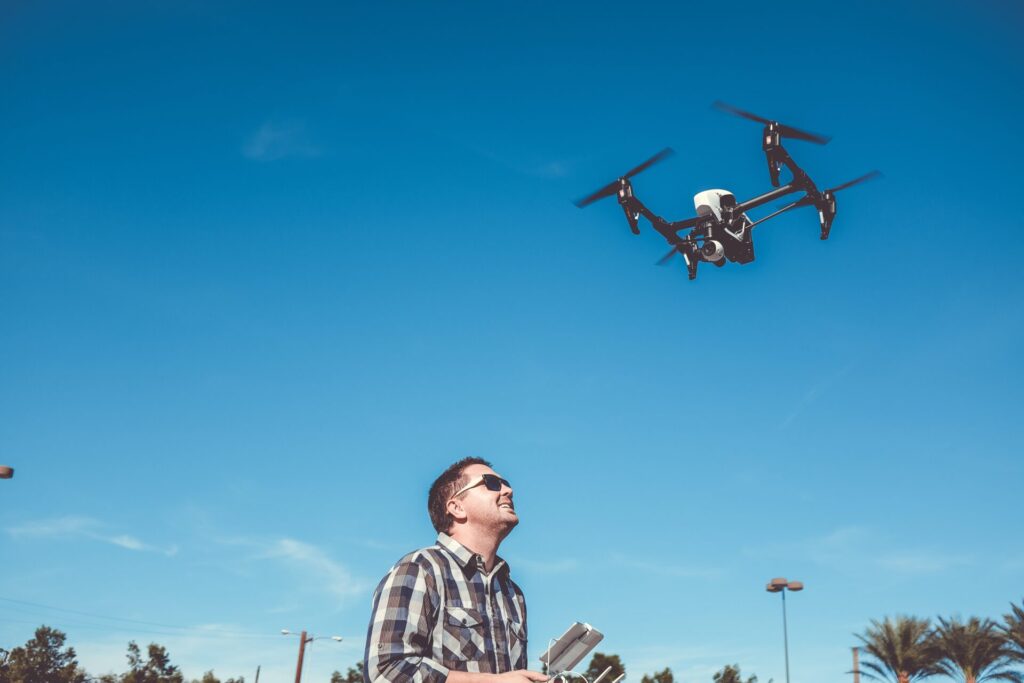

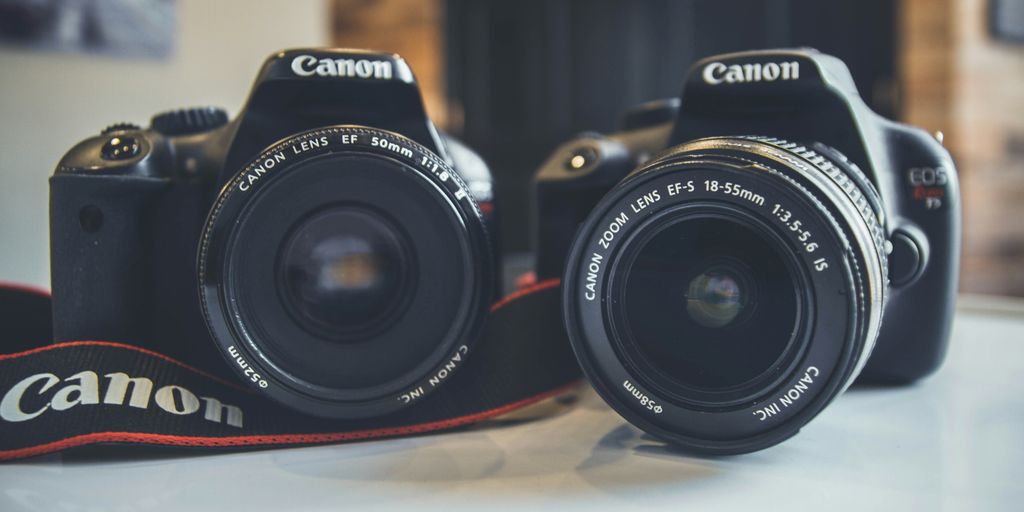
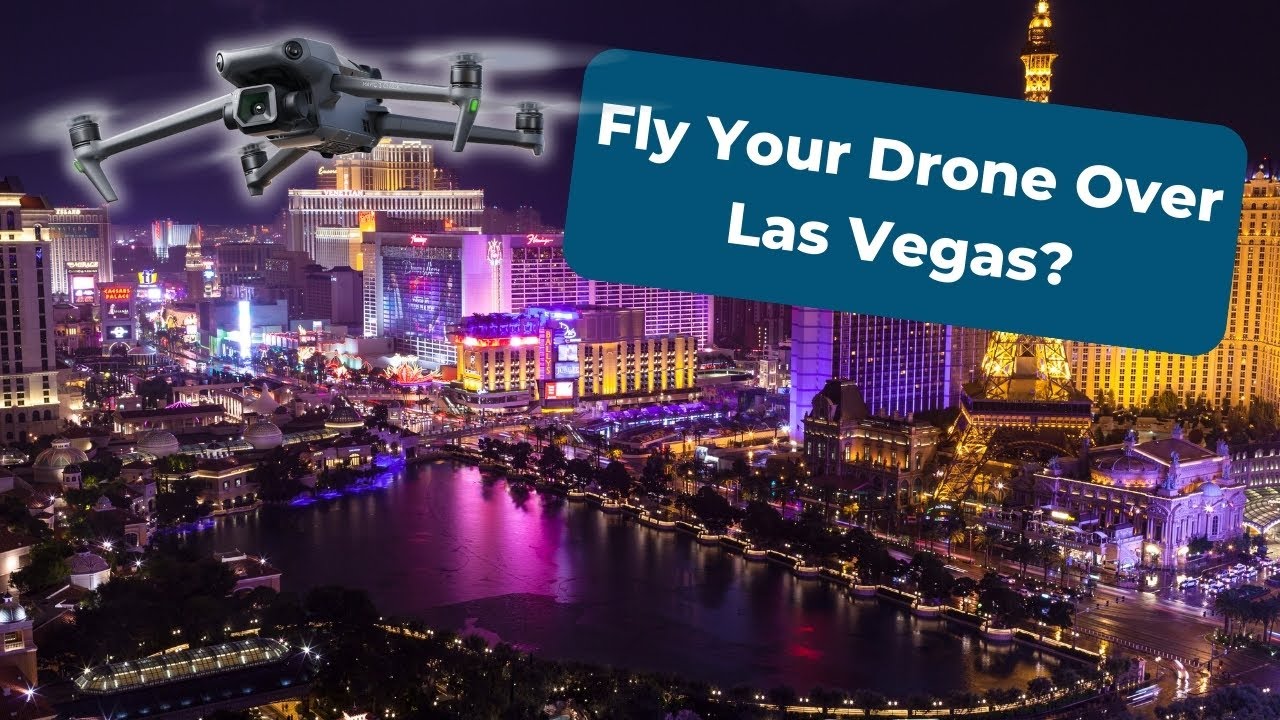
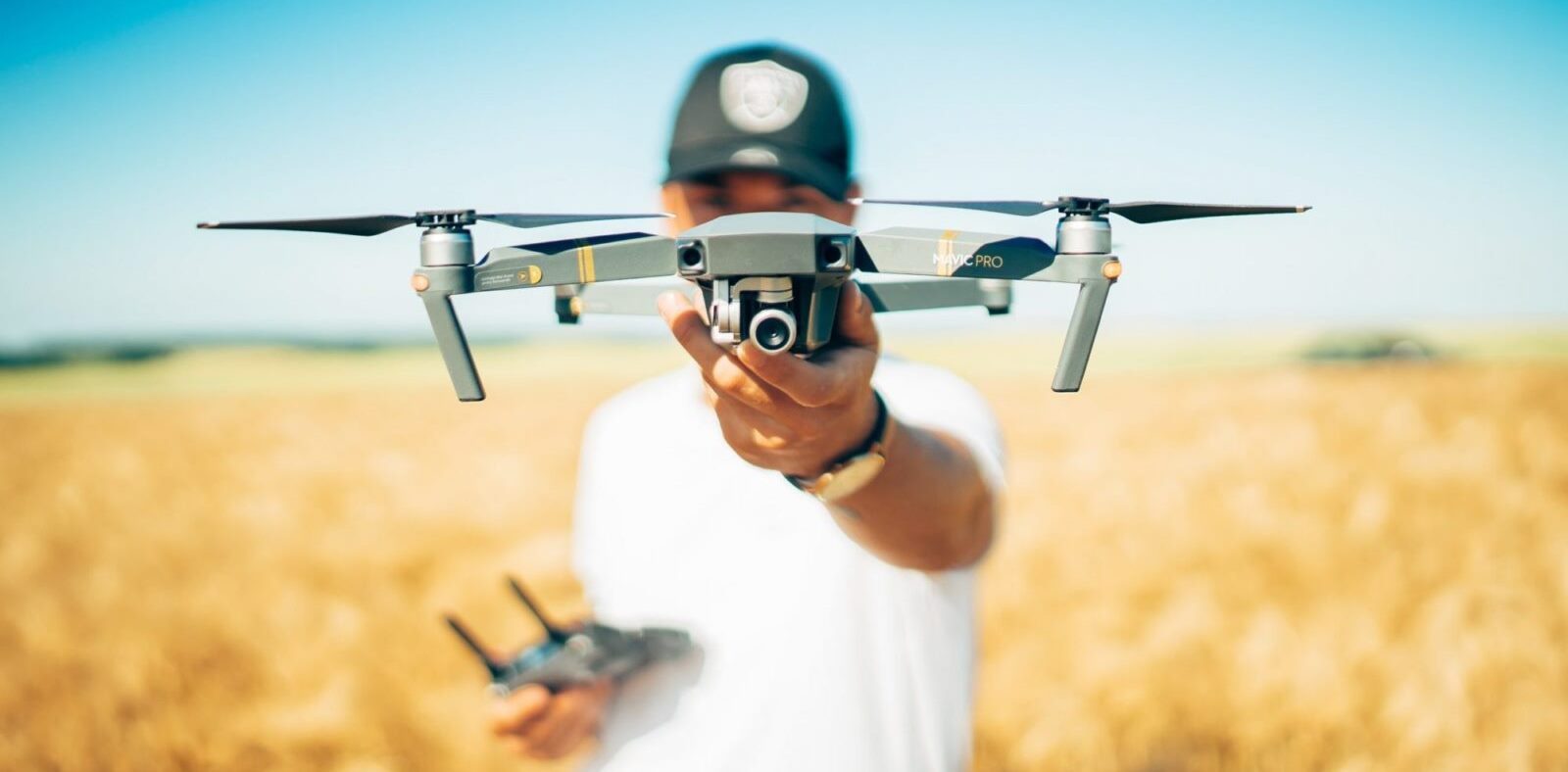

One reply on “Getting Your First Drone? Here is our advice:”
It makes sense that you should look at the owner’s manual. My brother told me a couple of weeks ago about how he wants to look into getting a drone for his photography website, and he wants to make sure that he knows how to use one properly. I’ll have to let him know these tips once he gets a drone!